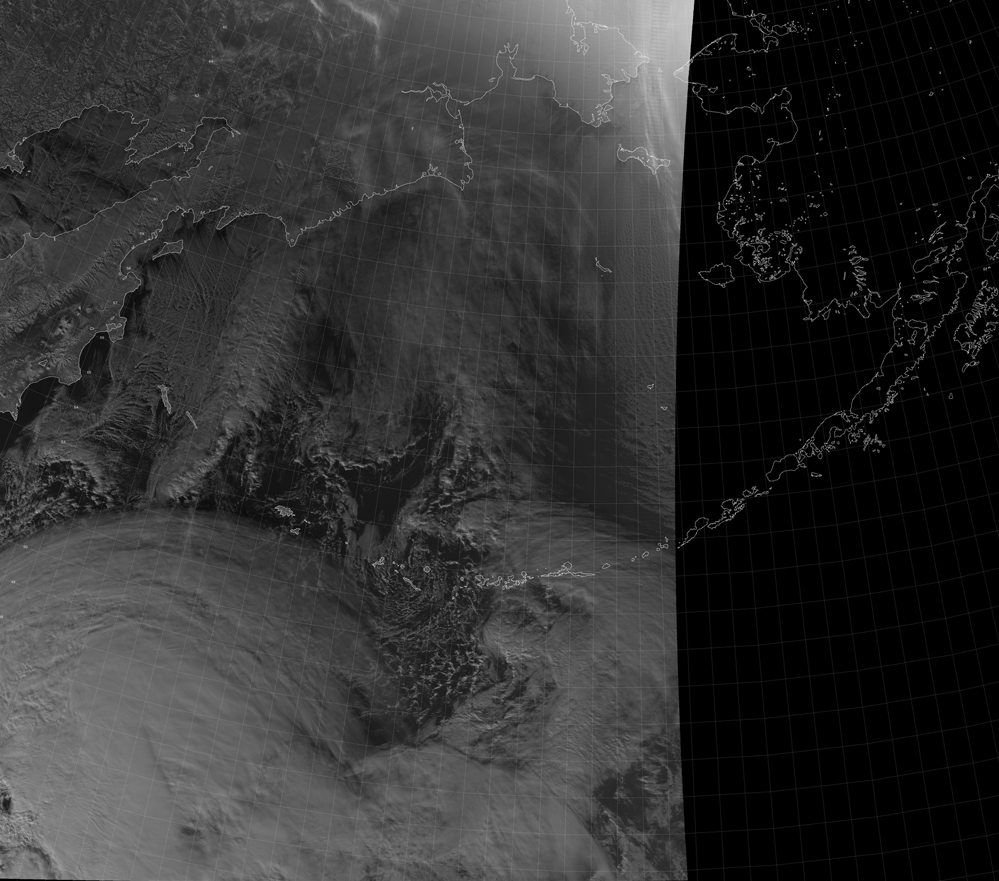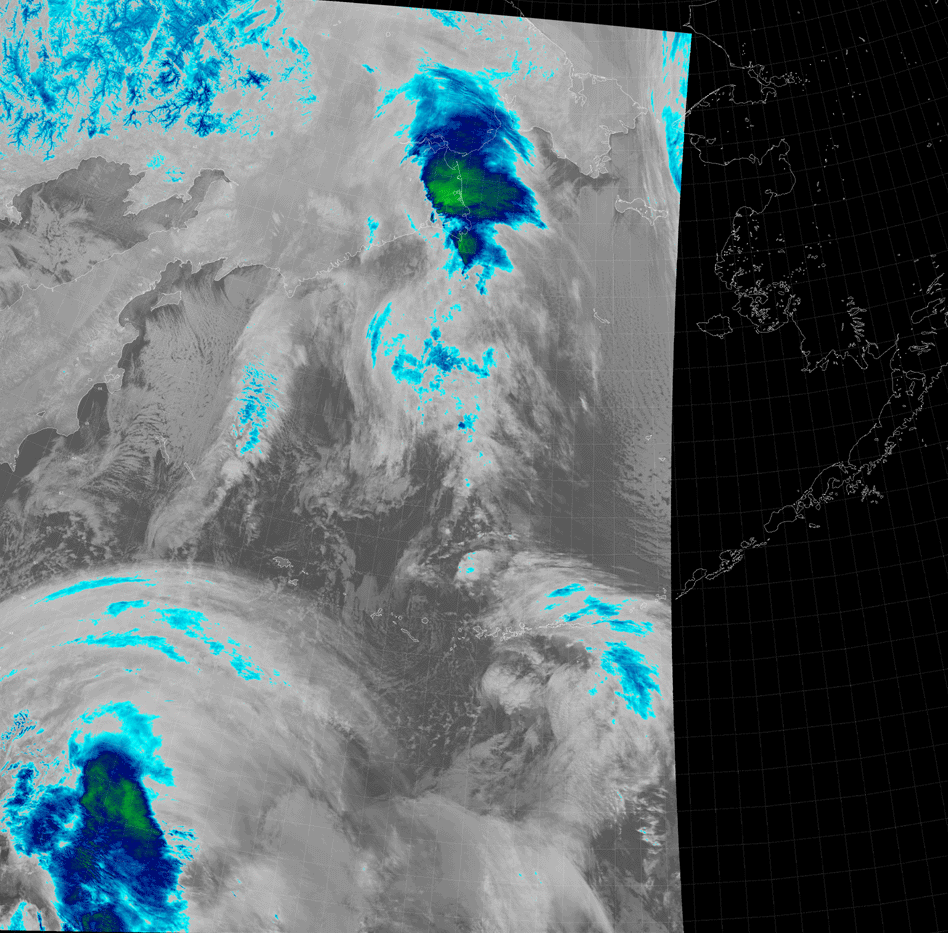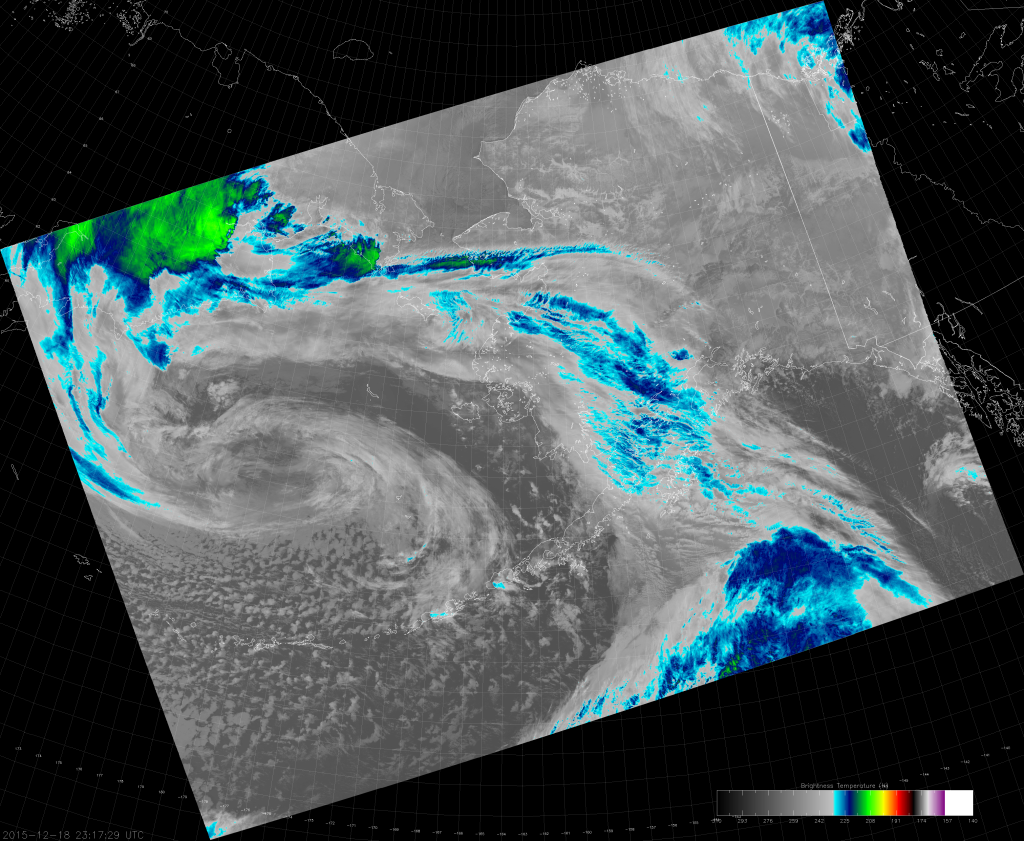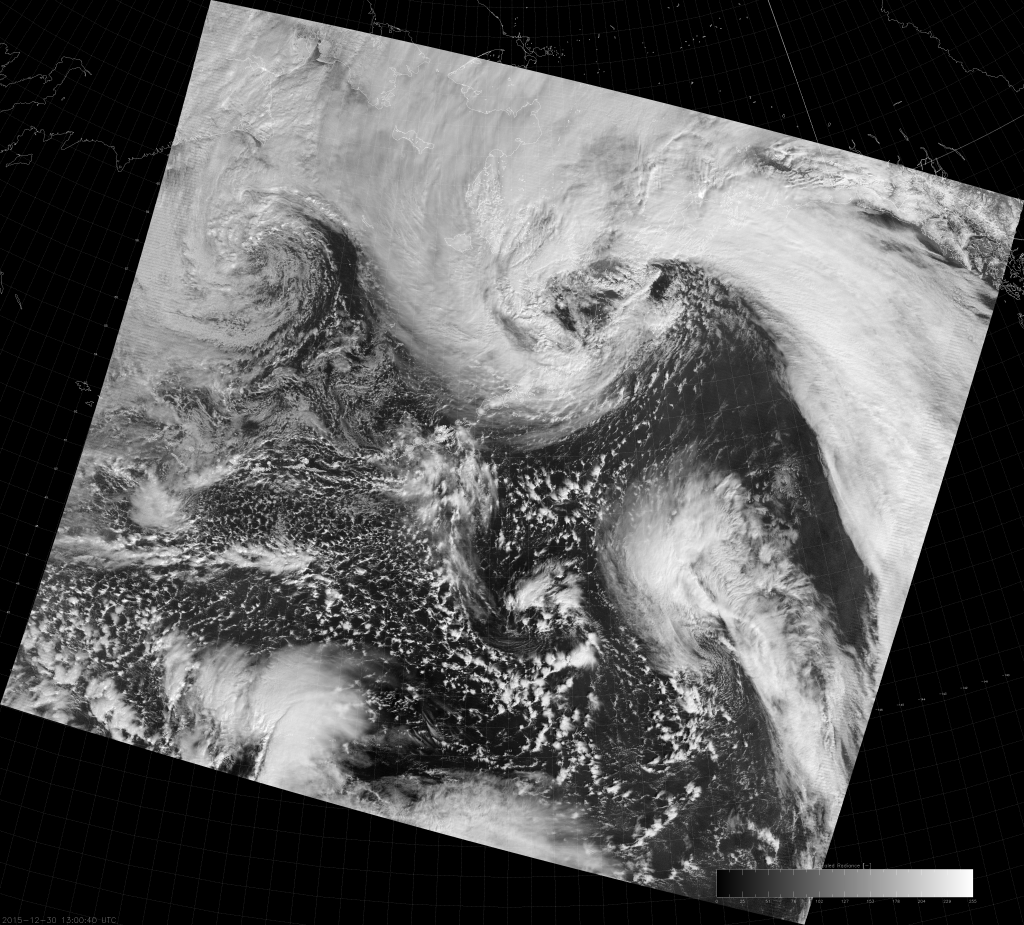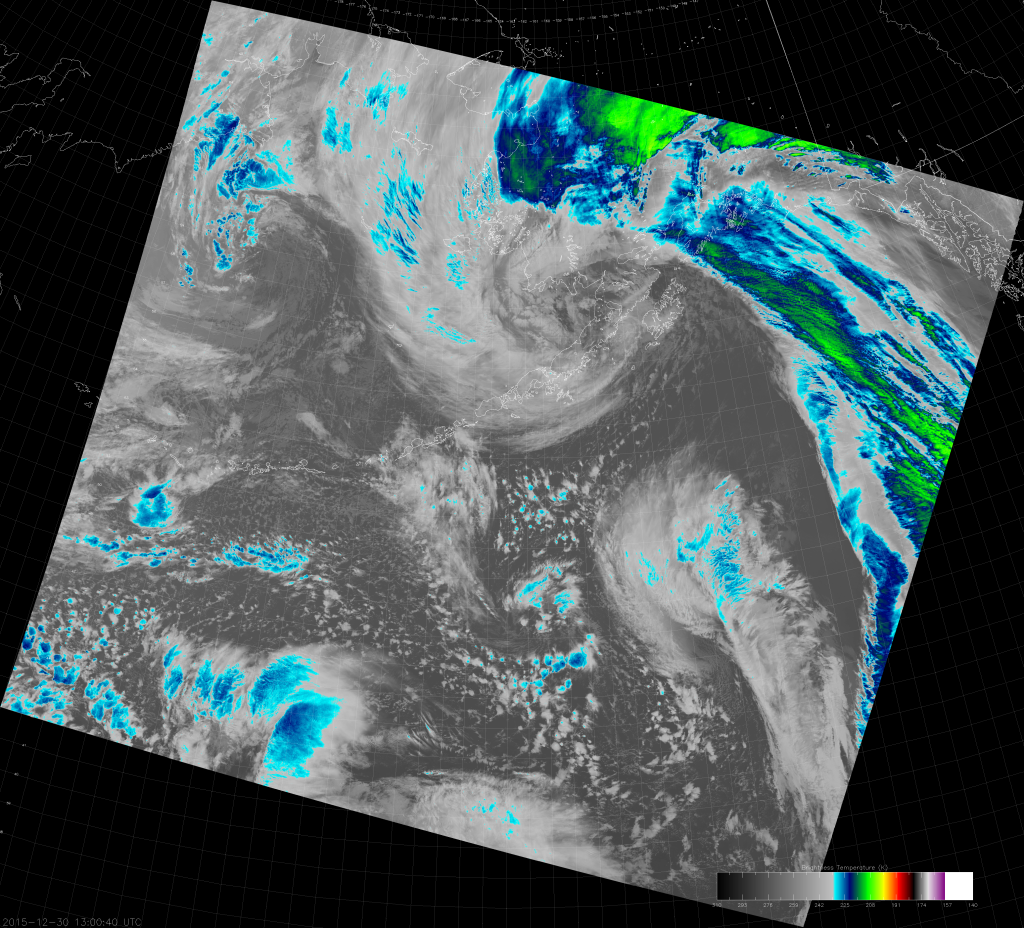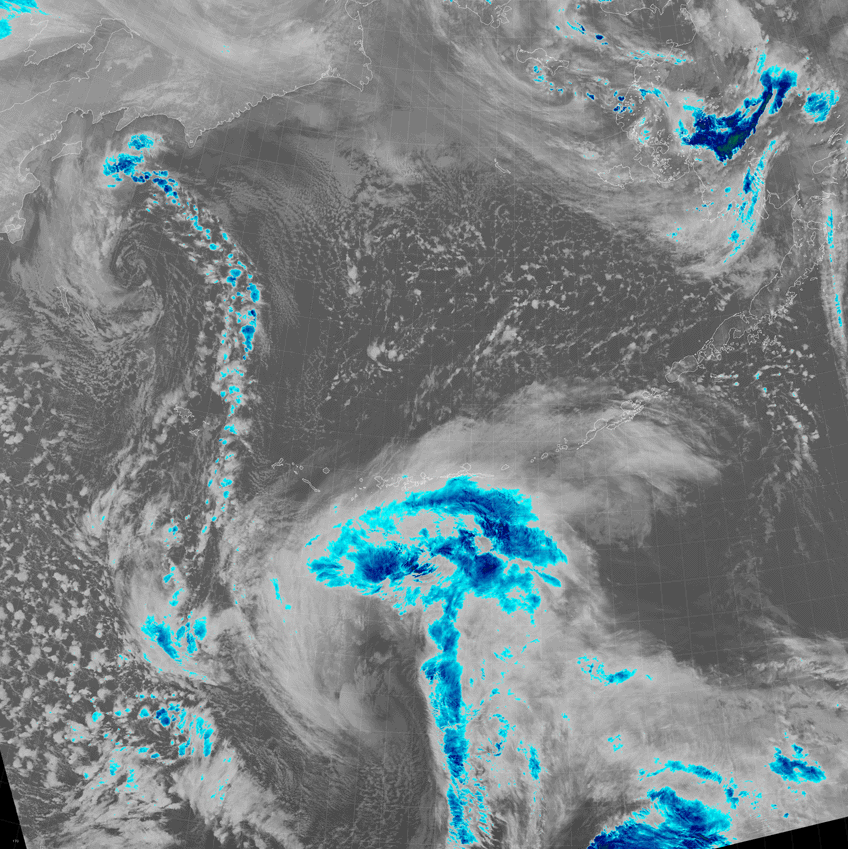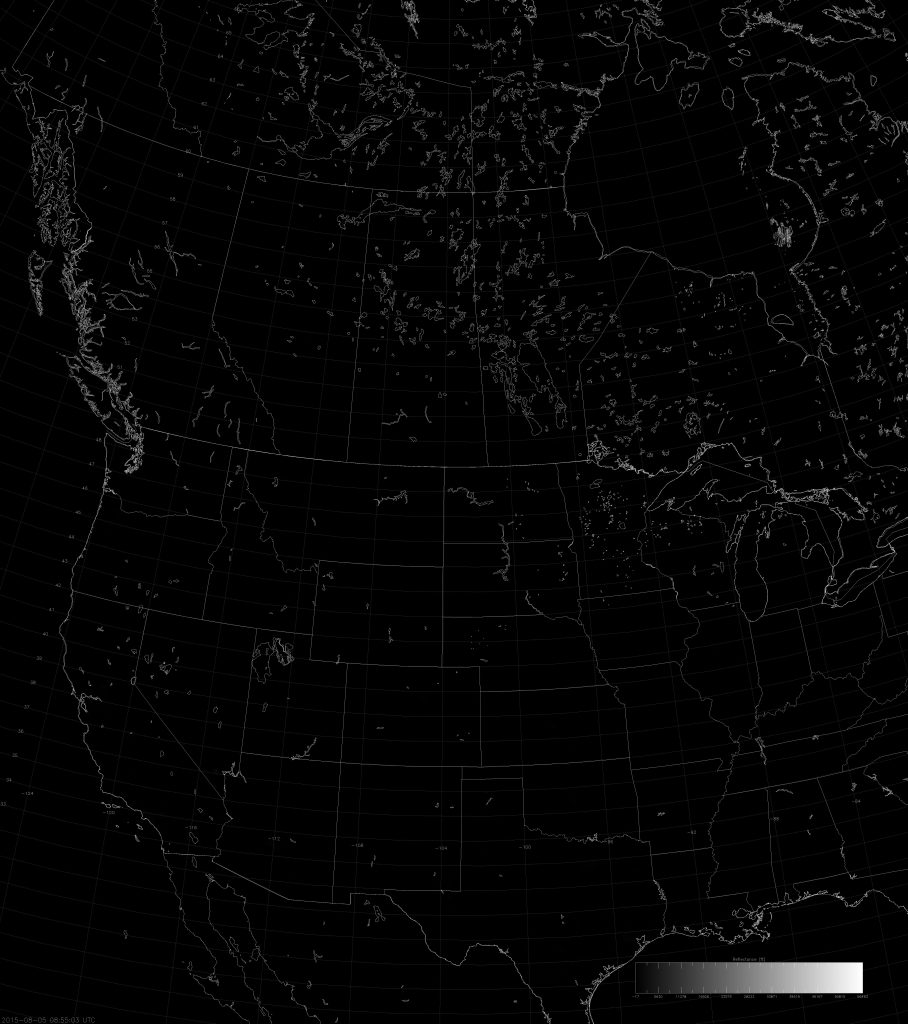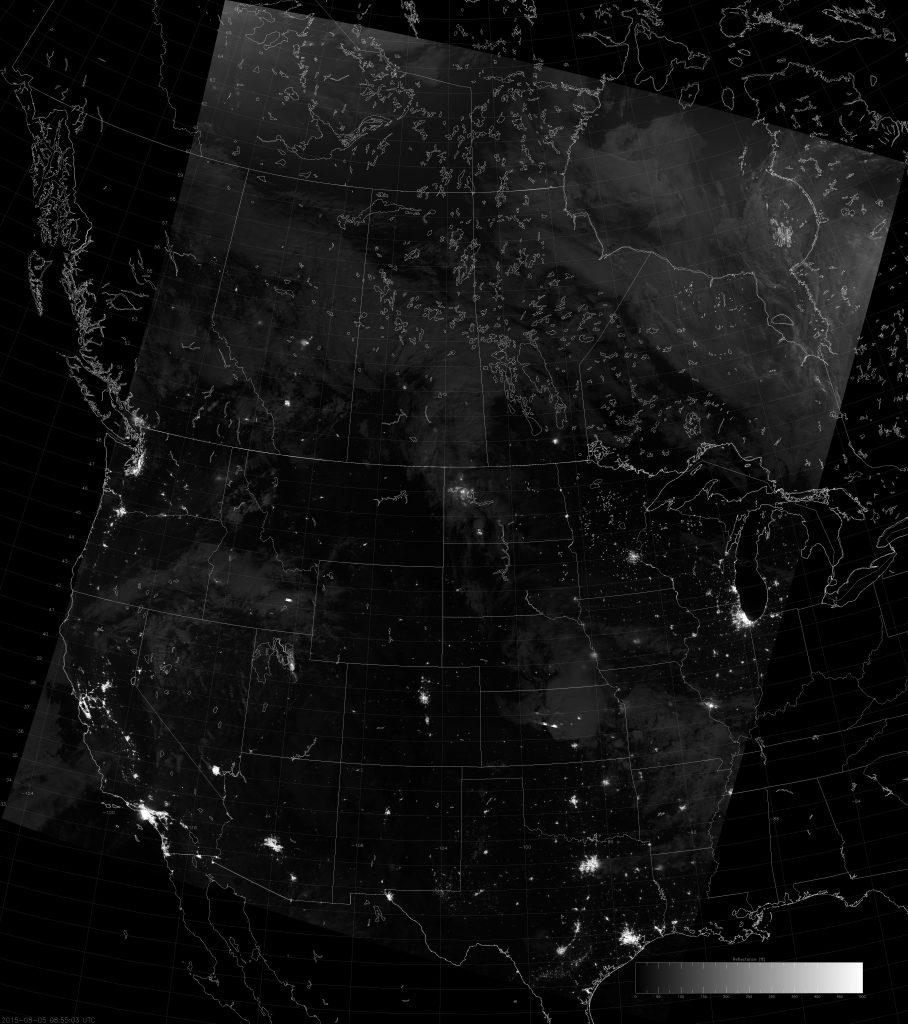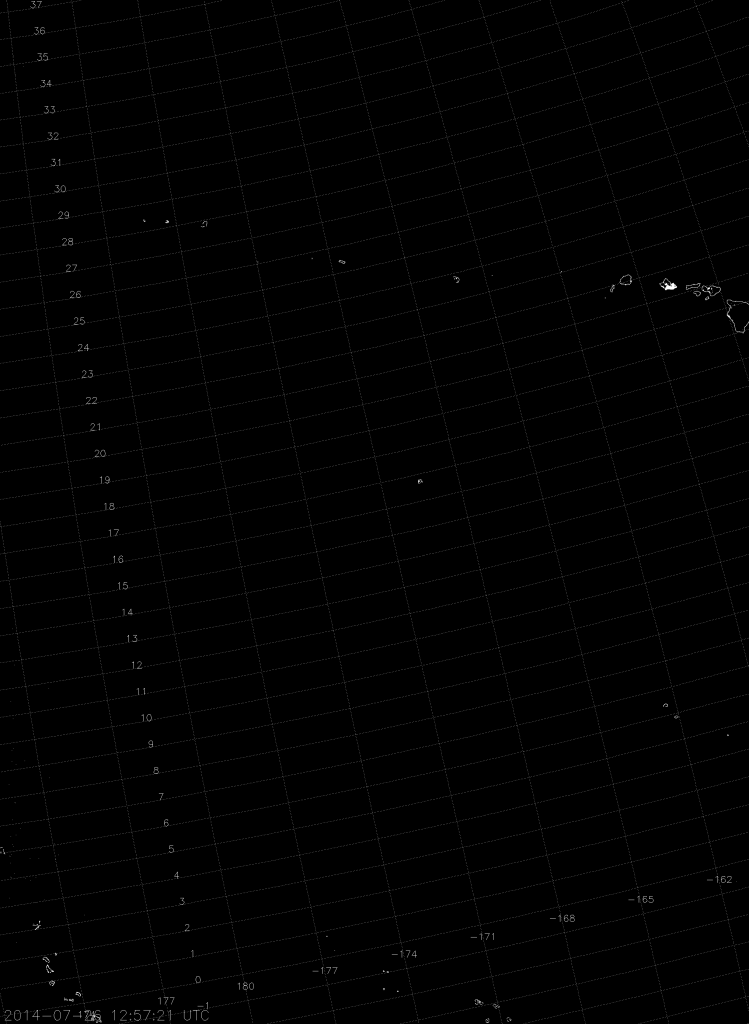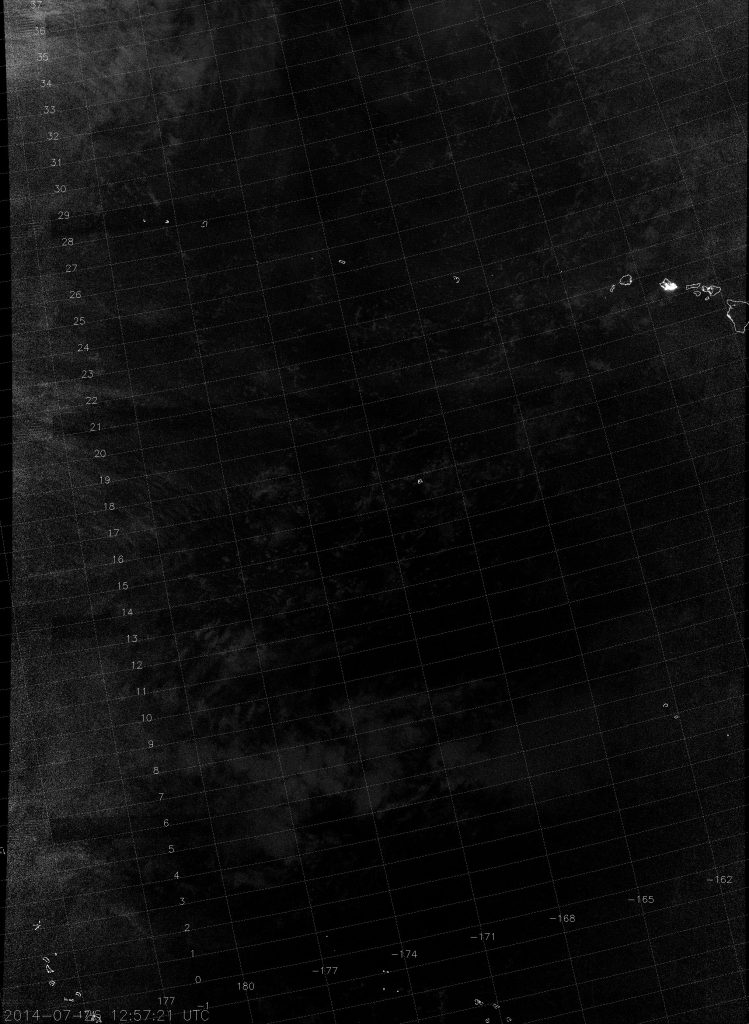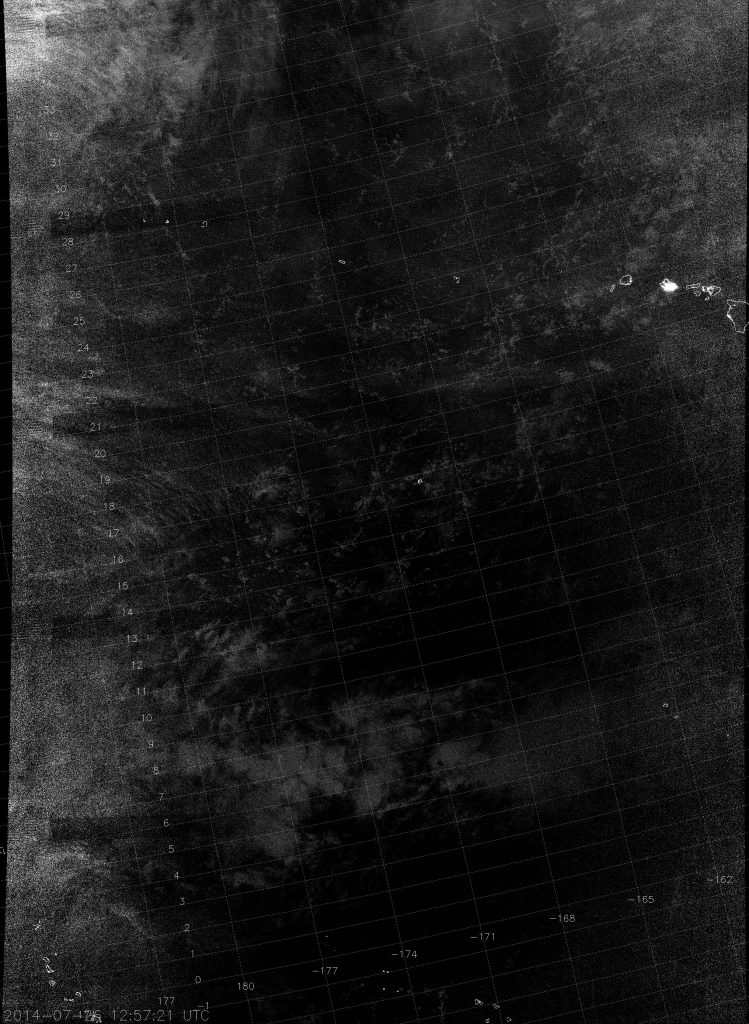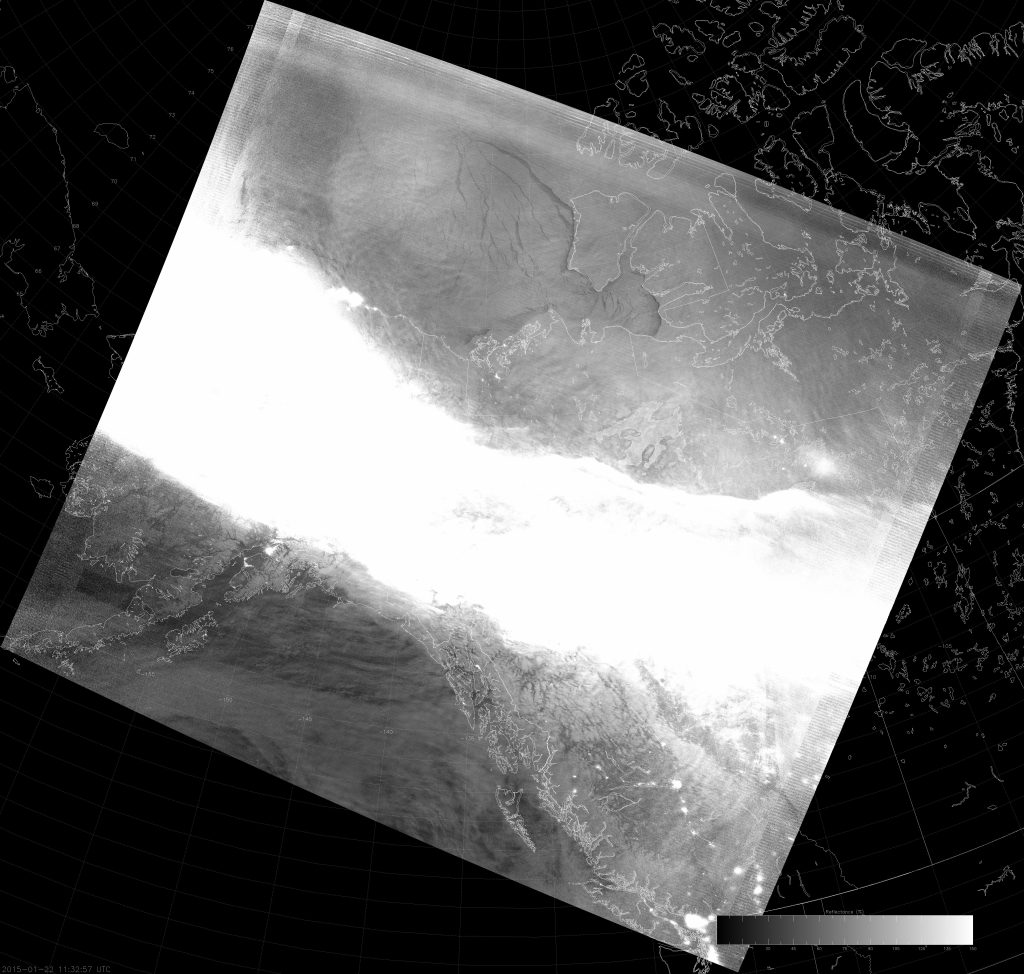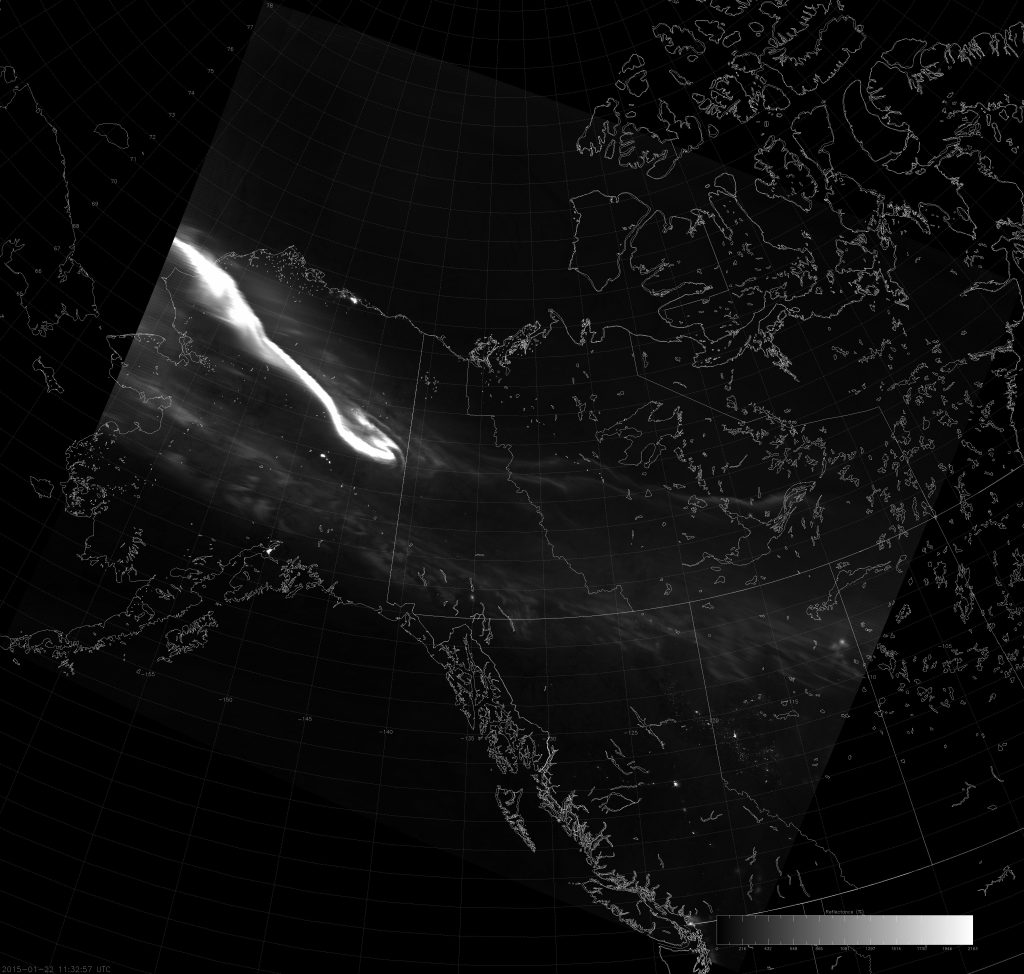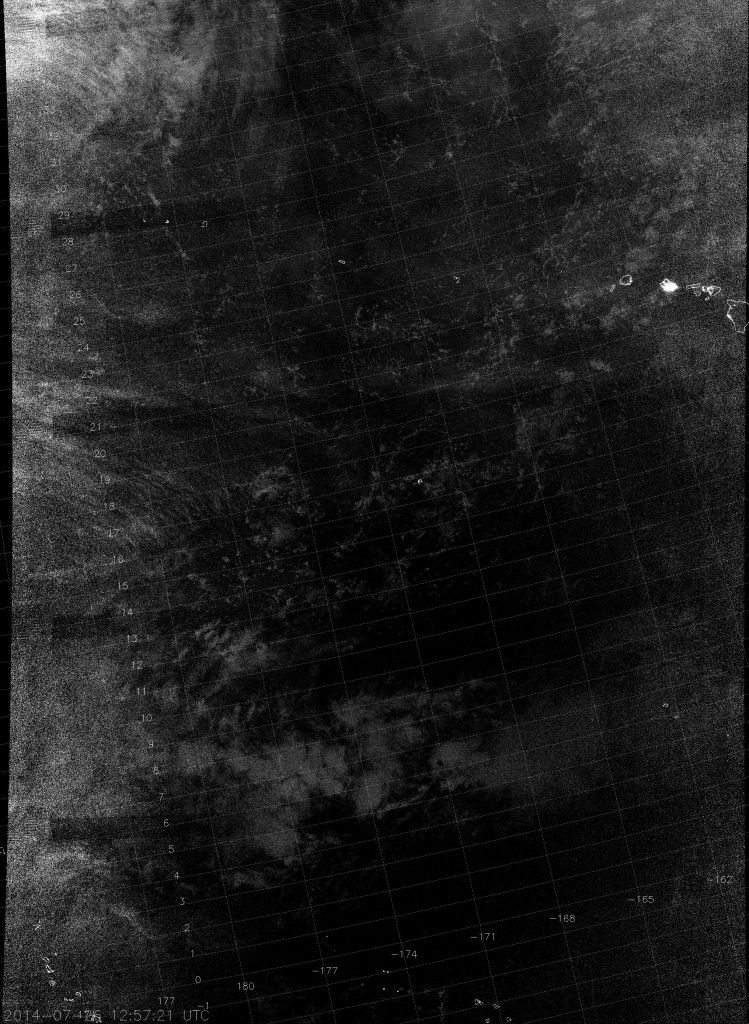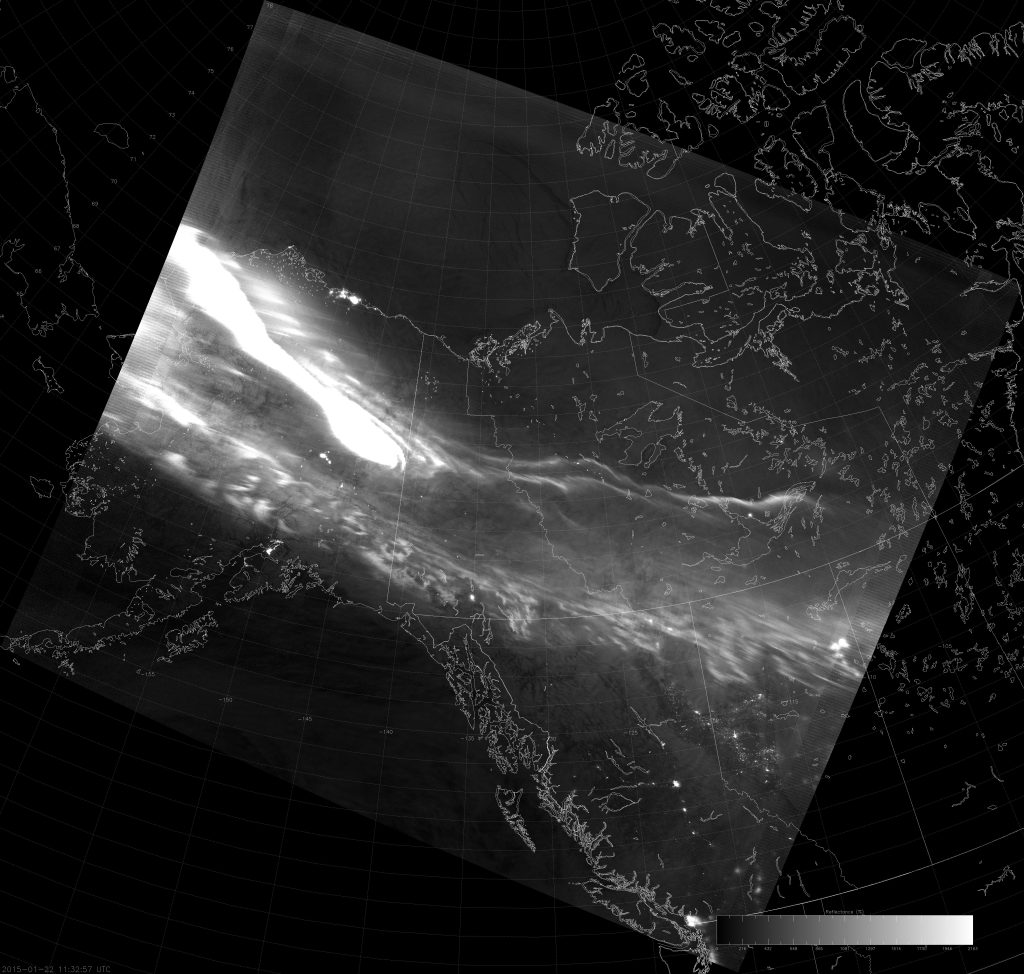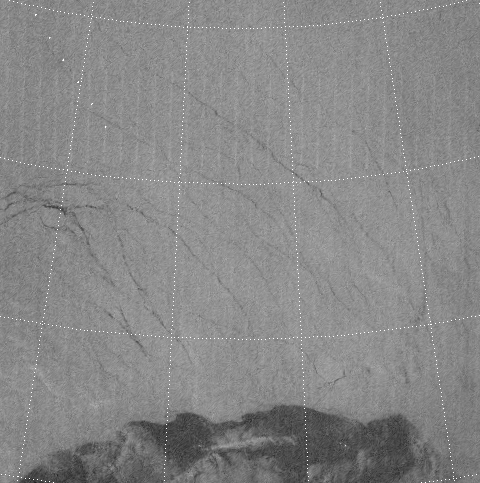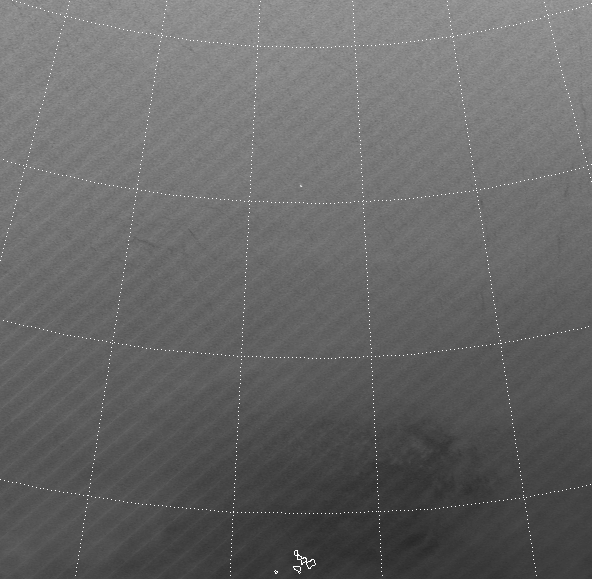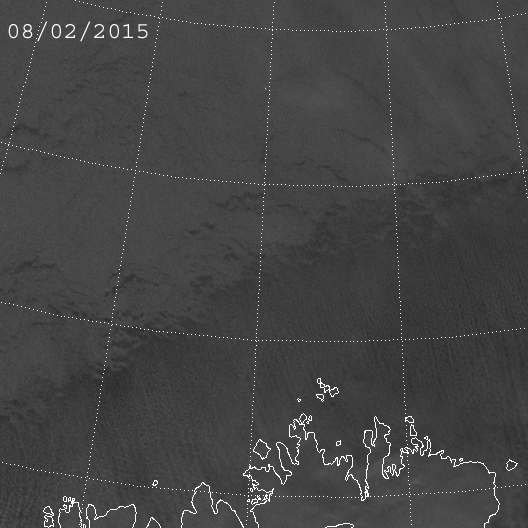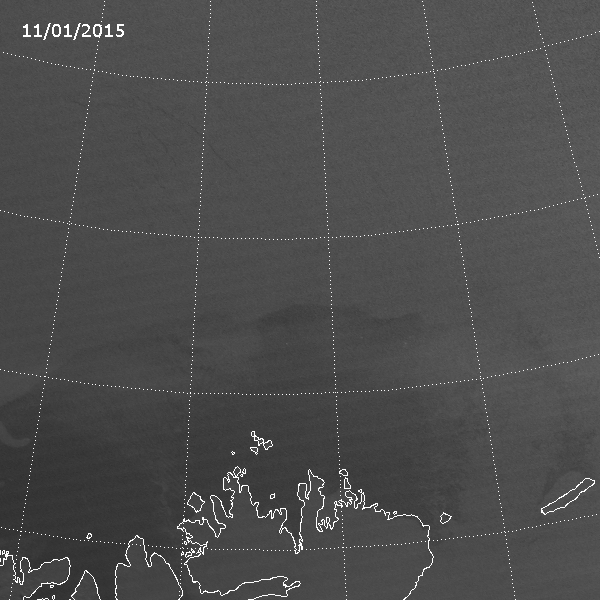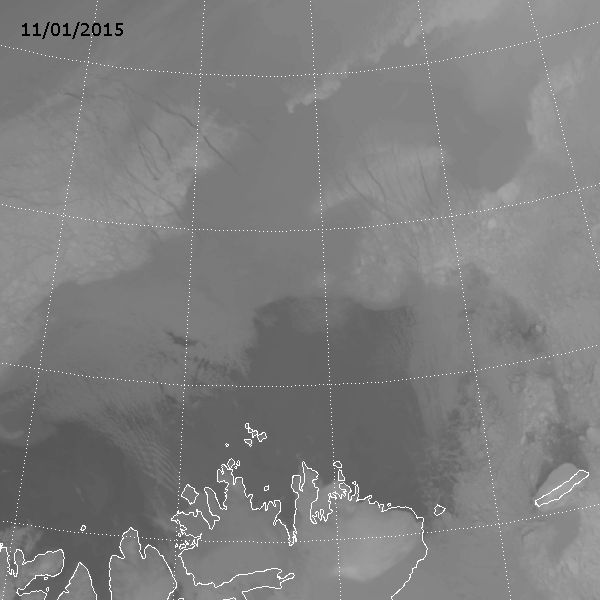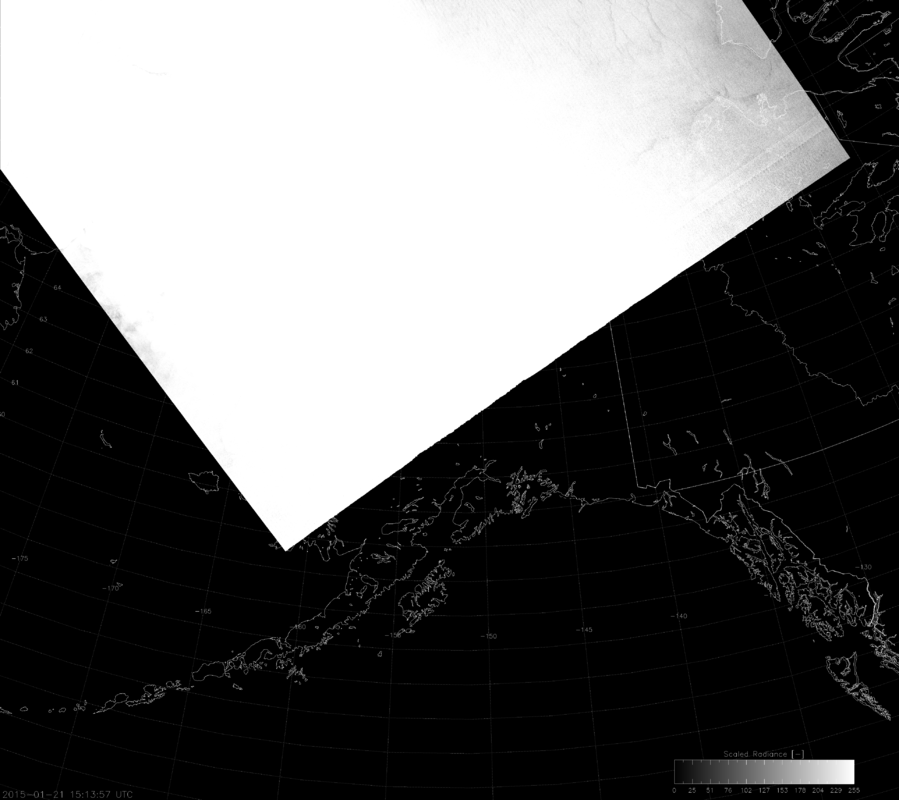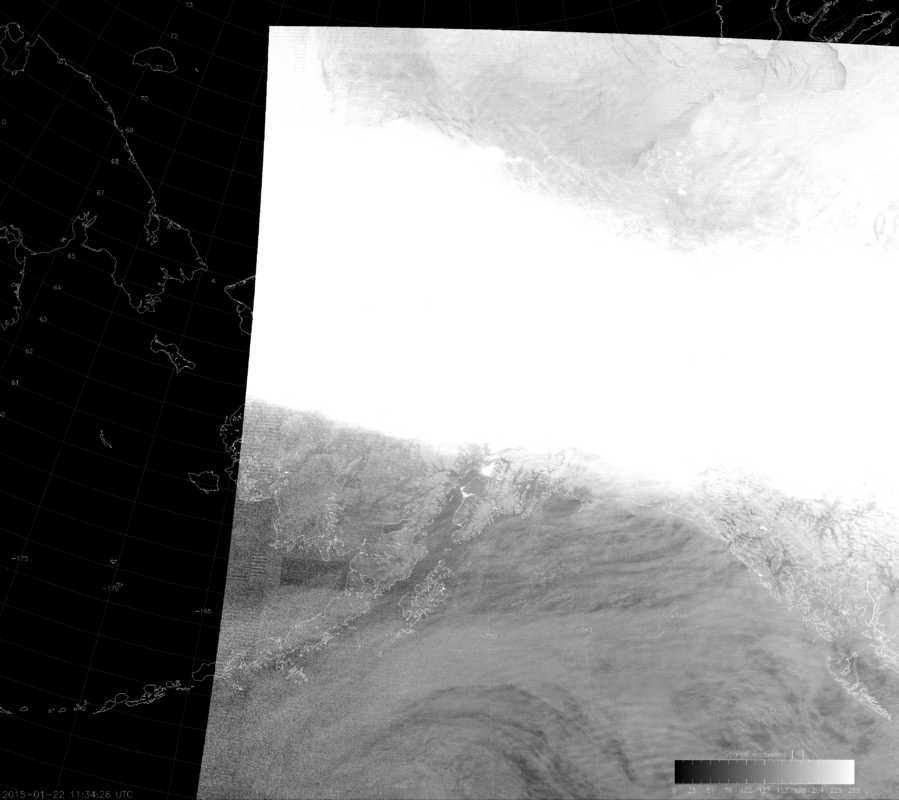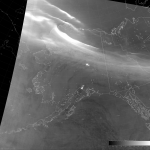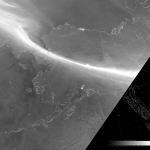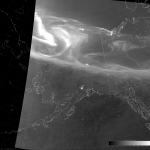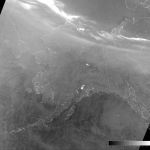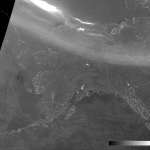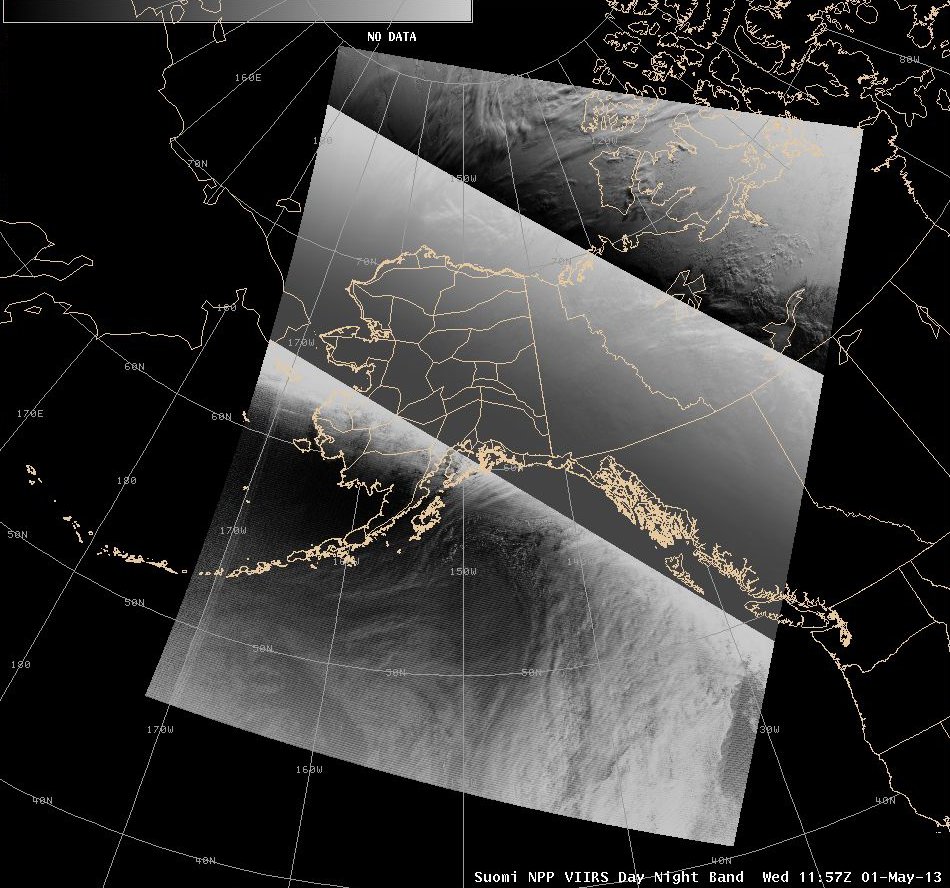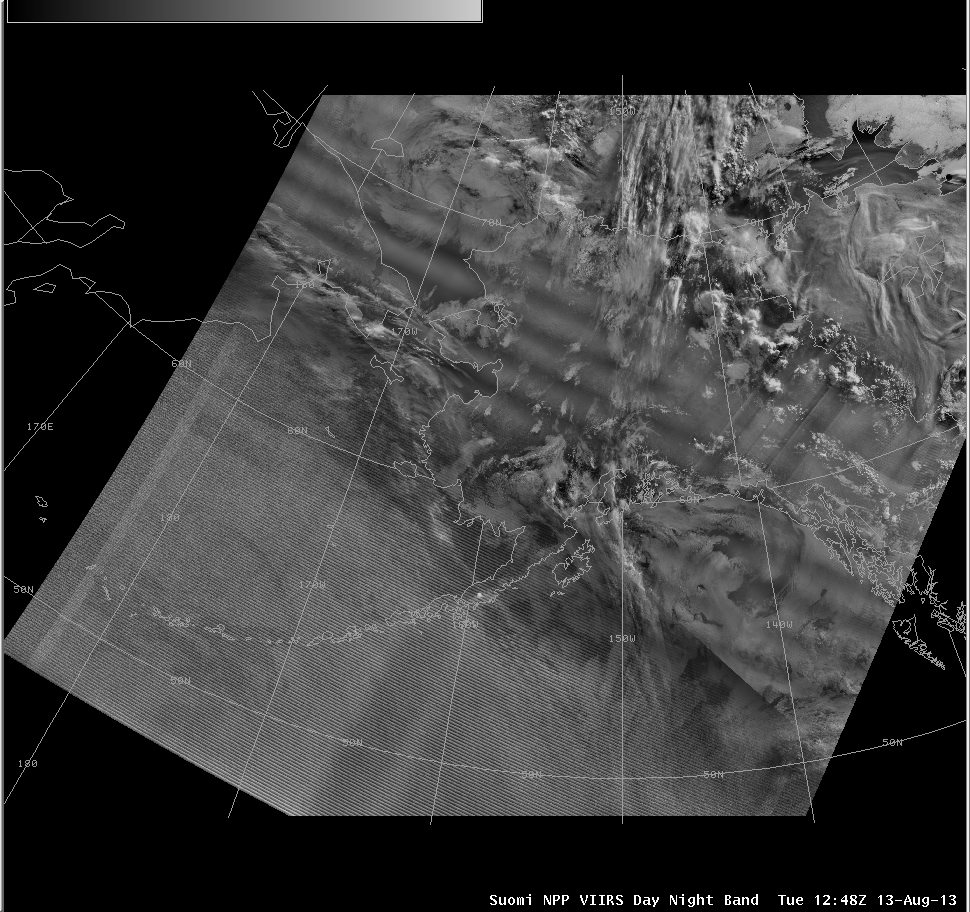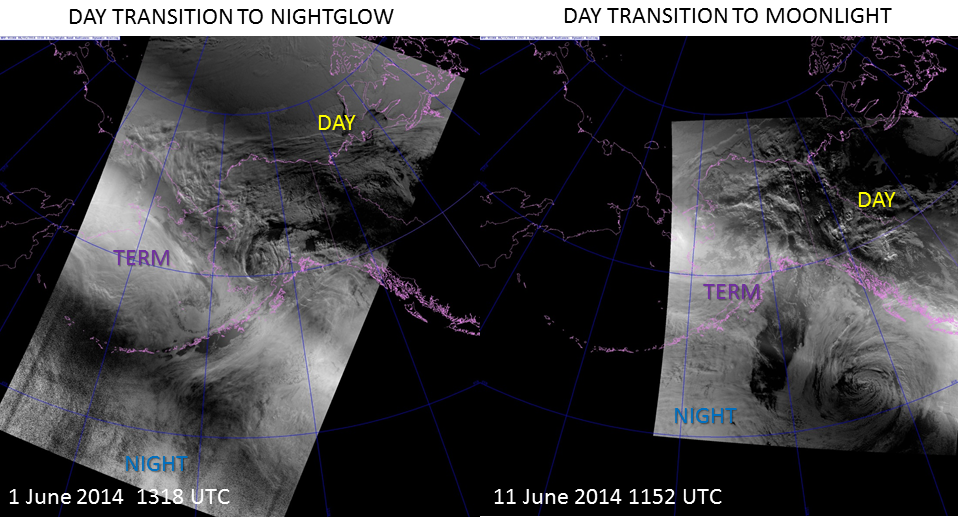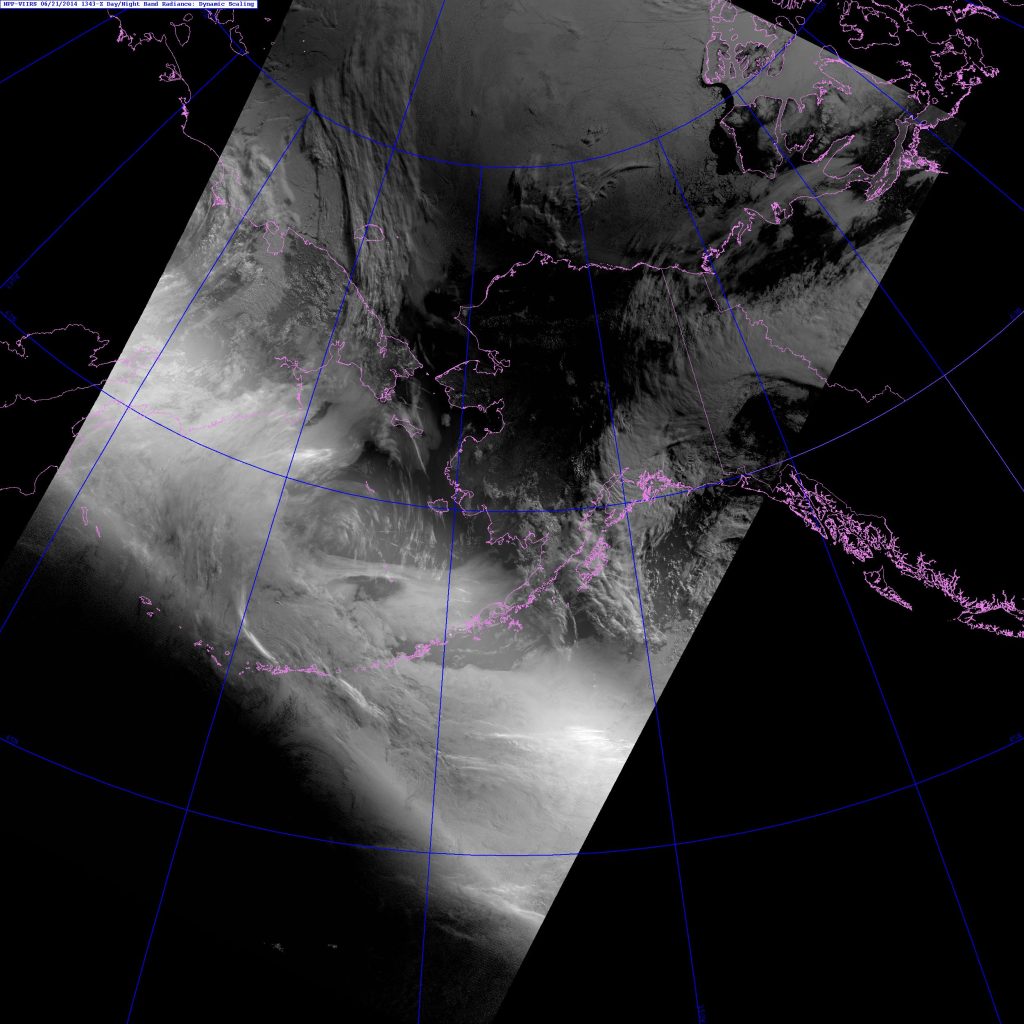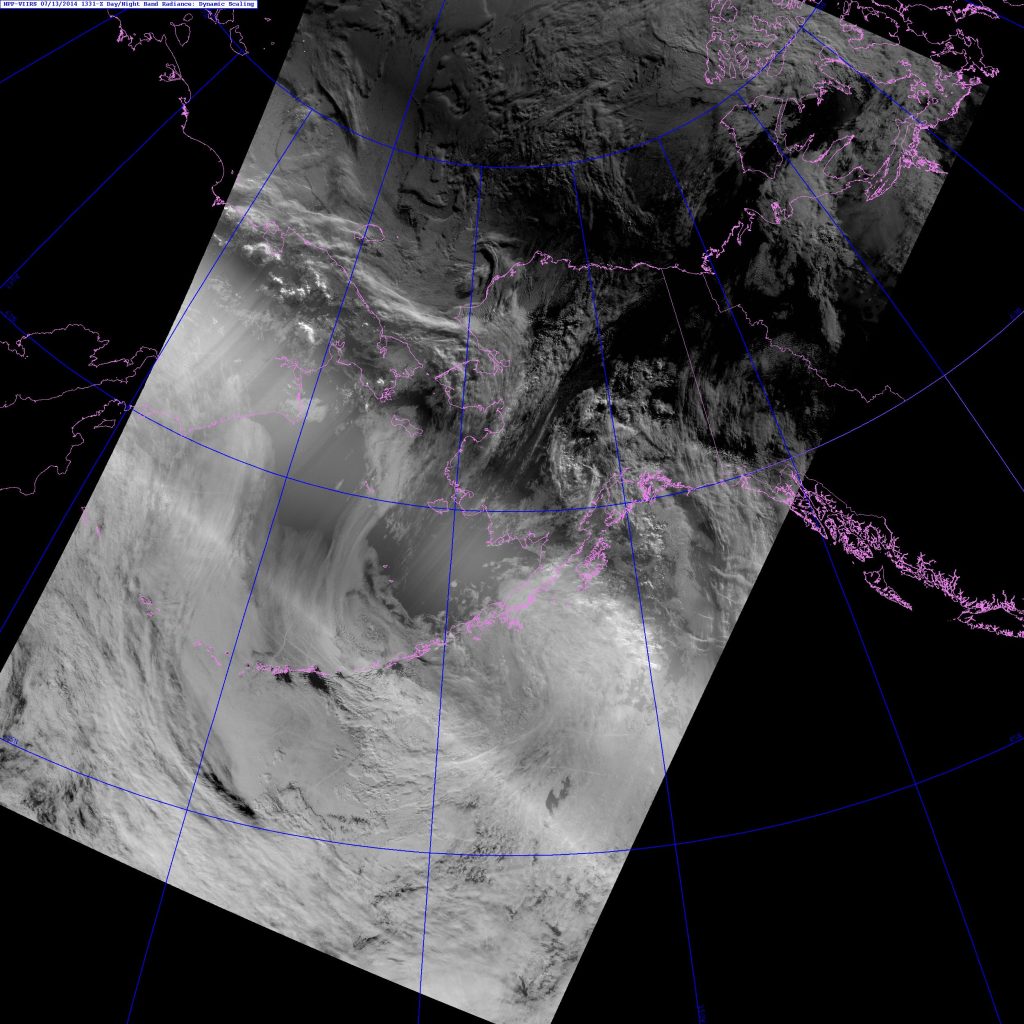It’s not everyday that one comes across something that is truly surprising. But, here’s something I recently came across that surprised me: a website on ghosts, angels and demons with useful scientific information. Of relevance here is the section on lens flare and ghosting. Although, maybe it shouldn’t be surprising. If you’re looking for “real” ghosts, you have to be able to spot the “fake” ones.
Simply put, lens ghosting (or optical ghosting) is a consequence of the fact that no camera lens in existence perfectly transmits 100% of the light incident upon it. Some of the light is reflected from the back of lens to the front, and then back again, as in the first diagram on this website. When the source of this light is bright enough, the component of this light that bounces around due to internal reflections within the lens may be as bright or brighter than the rest of the incoming light and will show up on the film (for you old fogies) or recorded by the array of detector elements that convert light into an electric signal (pretty much any camera purchased after 2004). That leads to the phenomena known as “flaring” and “ghosting”.
We’ve all seen pictures or movies that contain these artifacts. Here’s an example of flaring. Here’s an example of ghosting. And here’s both in the same image:
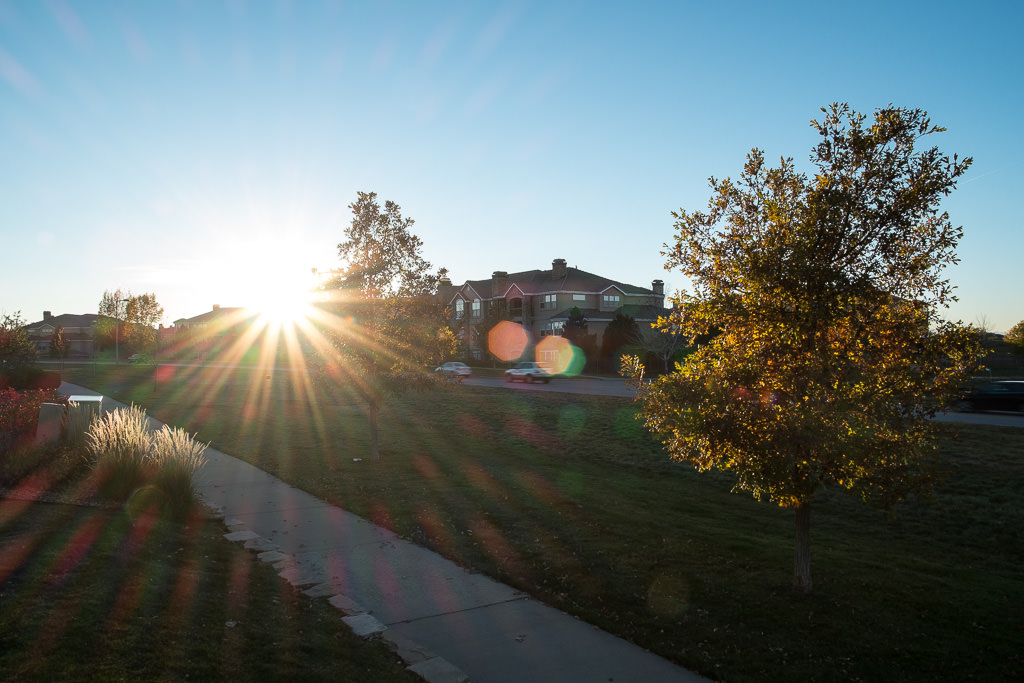
Professional photographers use flaring and ghosting to their advantage. Amateurs wonder why it ruined their picture.
In the particular case of “ghosts”, the light you see often takes on the shape of the aperture, which gives you polygonal or circular shapes like these:

I hate to be a stickler but those are pentagons, not hexagons. (Keep on your toes!) Flaring and ghosting is so prevalent in cameras of all kinds that animated movies replicate it in order to look “more real.” And, they are two examples of the many artifacts produced by cameras. (Take a look at the differences between CCD and CMOS detectors, as an example of others.)
Why bring this up on a blog about a weather satellite? Because the VIIRS Day/Night Band is, in a manner of speaking, just a really high-powered CCD camera. It, too, is subject to ghosts. (More so than other VIIRS bands because of its high sensitivity to low levels of light.)
Before we get to that, see if you notice anything unusual about this Day/Night Band image:
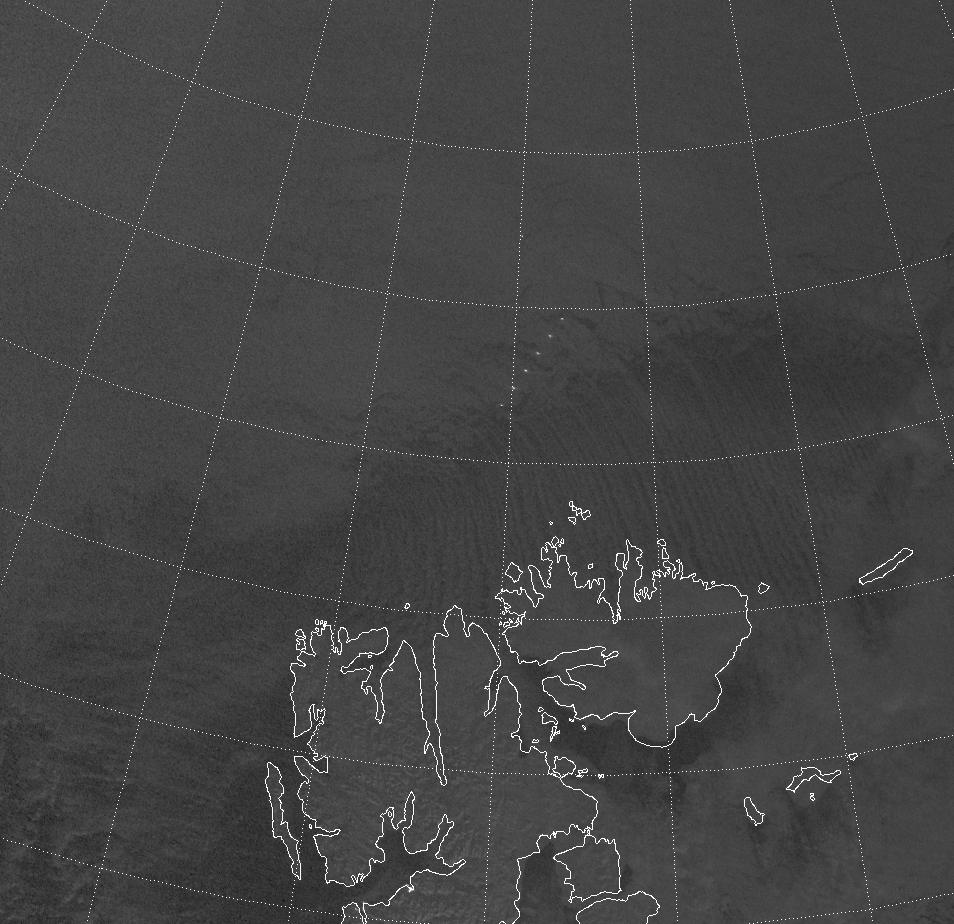
Those with photographic memories will recognize this image from an earlier post about the N-ICE field campaign in 2015 (which I hid in one of the animations). See that row of 6 bright lights north of Svalbard? Those aren’t boats and they’re not optical ghosts – they are 6 images of the same satellite (using the more liberal definition of satellite: 2a).
Don’t believe me? Here’s the explanation: VIIRS is on a satellite that orbits the Earth at about 835 km. That means two things: 1) there are plenty of satellites (or bits of space junk) that orbit at lower altitudes; and 2) every time a satellite crosses over to the nighttime side of the terminator, there is a period of time that the object is still illuminated by the sun before it passes behind the Earth’s shadow. And, there’s a third thing to consider: lower orbiting objects travel faster than higher orbiting objects. If one of these lower orbiting satellites should pass through the field-of-view of VIIRS while it is still illuminated by the sun, it can reflect light back to VIIRS, where the Day/Night Band can detect it. It’s a form of glint, like sunglint or moonglint. If it moves only slightly faster than VIIRS, it will be in the field-of-view for multiple scans, like in the image above.
It happened again in the same area 4 days later, only with 5 bright spots this time:

With all the striping that is present in the above image, you can clearly see the outline of each VIIRS scan. Note the relative position of the bright light in each scan in which it is imaged. See how it moves in the along-track dimension from one edge of the scan to the other? (The along-track dimension is basically perpendicular to the scan lines.)
Here are the two previous images zoomed in at 400%:
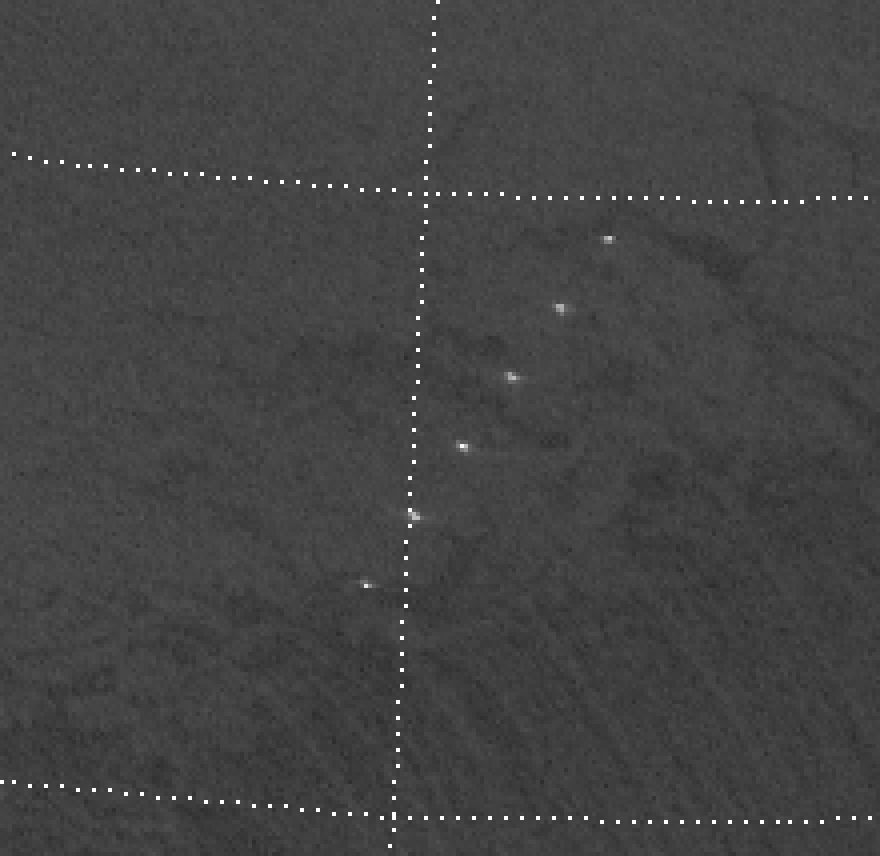
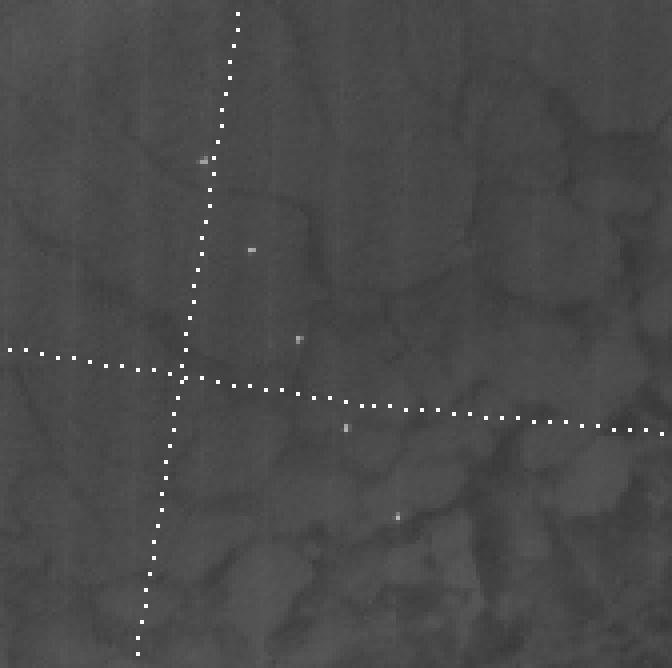
If this “satellite” reflects a high amount of light back to VIIRS, it can cause optical ghosts like in this image:

The ghosting is obvious. The “satellite” is less obvious, but you should be able to see the six smaller dots indicating its location. Eagle-eyed observers may click on it to see the full resolution image and note the two partial dots at either end of the row, indicating where this “satellite” was only partially within the VIIRS field-of-view. Even when the “satellite” was not in the field-of-view of VIIRS, it still caused ghosts – just like how the sun doesn’t have to be in a camera’s field-of-view to cause flares and ghosts.
The yellow line demarcates where the solar zenith angle is 108° on the Earth’s surface and the green line demarcates the lunar zenith angle of 108°. The yellow line is the limit of astronomical twilight. (Astronomical twilight exists to the right of that line.) Even though the surface is dark where this ghosting occurs (astronomical night), satellites are still illuminated by the sun (and moon) in this region. In fact, my back-of-the-envelope calculation indicates that VIIRS (at ~835 km) doesn’t pass into the Earth’s shadow until the sub-satellite point reaches a solar zenith angle of ~118°. (As an aside, the International Space Station is much lower [~400 km], so it is illuminated only to a solar zenith angle of ~110°.)
Here is the above image zoomed in at 200%:

Now that you’ve passed the crash course, see if you can earn your PhD. How many ghosts you can find in this image from last month? Make sure you click on it to see it in full resolution:

Where is the “satellite” in this case? What is the “real” image? And what are the “ghosts”? Are they even ghosts? As shown on the Angels & Ghosts website, objects that are out of focus are not necessarily ghosts – either “real” ghosts or “fake” ones. VIIRS is focused on the Earth’s surface (835 km away), so if another satellite were orbiting the Earth just a few kilometers lower in altitude, it would definitely appear out of focus and it would have a very similar speed to VIIRS, so it could be causing ghosts in the Day/Night Band for a long time, as you see here.
Here are all the ghosts that I found:
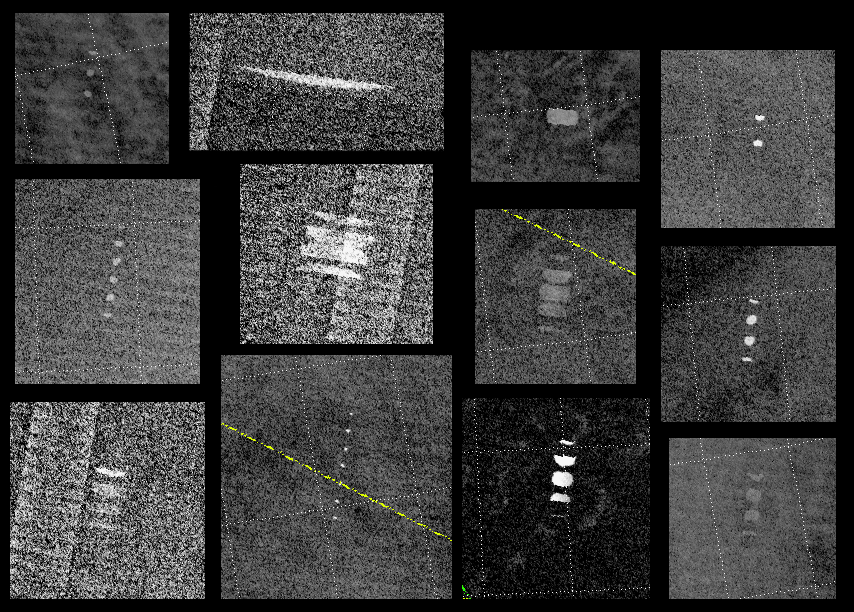
But, is that what we’re seeing? Are we seeing one satellite? Or is it a clutter of space junk? Did VIIRS just come close to a collision with something (because we’re seeing nearby out-of-focus objects)? Or are they optical ghosts from an object well below VIIRS, so we don’t have to worry about it? Maybe it’s a UFO! What about that!?
For once, I don’t have all the answers. But, the truth is out there! (Cue music…)
UPDATE (6/24/2016): Thanks to Dan L. for pointing out an instance of the high-resolution Landsat-8 Operational Land Imager quite clearly spotting the lower-orbiting International Space Station. With a different instrument scan strategy, it produces a different kind of artifact: tracking the ISS motion from one band to the next!
